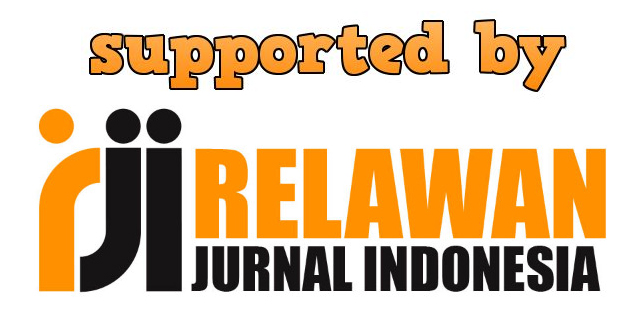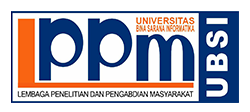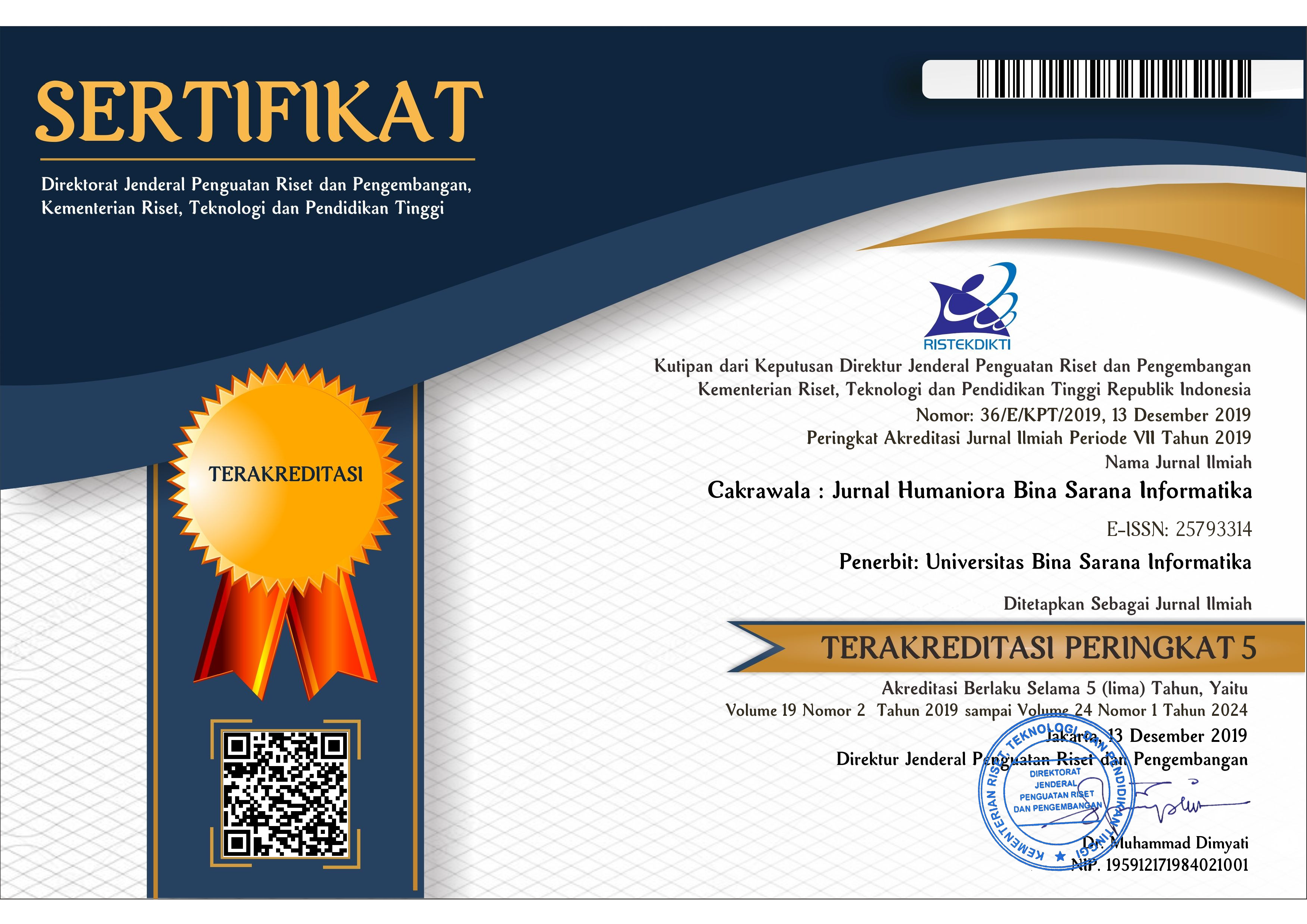Motif Penggunaan Media Sosial Twitter (Studi Deskriptif Kuantitatif Pada Pengikut Akun Twitter @EXOind)
Abstract
The number of active internet users in Indonesia is increasing every year. This proves that Indonesian people more often access media that are connected to the internet, one of which is social media. Easy to use and allows for interaction without any distance and time limit makes people use social media including fandom. Twitter is a social media that is used by fandom as a means to carry out fangirling activities. The purpose of this study is to ascertain the motives of followers from Twitter account @EXOind in using social media Twitter. This study uses a motive category reference from Papacharissi and Rubin (2000). This study uses survey methods with descriptive analysis and quantitative approaches. The questionnaires were distributed to 100 respondents using a Likert scale. The result shows that the Information Seeking Motive and Entertainment Motive are in the very high category. While the Convenience Motive, Interpersonal Utility Motive, and Pass Time Motive are in the high category.
Motive, Social Media, Twitter, K-Pop, Fandom
References
Cangara, H. (2016). Pengantar Ilmu Komunikasi. Jakarta: Rajawali Pers.
Do, K. (2019, May 31). Twitter Best Fandom Award Goes To EXO And Twitter Rising Fandom Award Goes To NCT. https://www.soompi.com/article/1324627wpp/twitter-best-fandom-award-goes-to-and-twitter-rising-fandom-award-goes-to
Effendy, O. U. (2003). Ilmu, Teori, dan Filsafat Komunikasi. Bandung: Citra Aditya Bakti.
Fauziah, R., & Kusumawati, D. (2015). Fandom K-Pop Idol dan Media Sosial. 1–18. https://digilib.uns.ac.id/dokumen/detail/51953/Fandom-K-Pop-Idol-dan-Media-Sosial-Studi-Deskriptif-Kualitatif-tentang-Penggunaan-Media-Sosial-Twitter-pada-Hottest-Indonesia-sebagai-Followers-Fanbase-taeckhunID-2PMindohottest-dan-Idol-Account-Khunnie0624
Gerungan, W. A. (1988). Psikologi Sosial. Bandung: Eresco.
Gooch, B. (Georgia I. of T. (2008). The Communication of Fan Culture: The Impact of New Media on Science Fiction and Fantasy Fandom [Georgia Institute of Technology]. https://smartech.gatech.edu/bitstream/handle/1853/21818/gooch_betsy_r_200805_ro.pdf
Ho, C. M. L. (2004). Computer-Mediated Communication: Practice, Projects and Purposes. Teaching English with Technology, 4(1).
Liliweri, A. (2015). Komunikasi Antarpersonal. Jakarta: Pernamedia Group.
M. Rubin, A., & Papacharissi, Z. (2000). Predictors of Internet Use. Journal of Broadcasting & Electronic Media, 44(2), 175–196. https://doi.org/10.1207/s15506878jobem4402_2
Nasrullah, R. (2015). Media Sosial Perspektif Komunikasi, Budaya dan Sosioteknologi. Bandung: Simbiosa Rekatama Media.
Rakhmat, J. (2009). Metode Penelitian Komunikasi. Bandung: PT Remaja Rosdakarya.
Shim, D. (2006). Hybridity and the rise of Korean popular culture in Asia. Media, Culture and Society, 28(1). https://doi.org/10.1177/0163443706059278
Sugiyono. (2008). Metode Penelitian Kuantitatif, Kualitatif, R&D. Bandung: Alfabeta.
Sugiyono. (2013). Metode Penelitian Kuantitatif, Kualitatif, R&D. Bandung: Alfabeta.
Sugiyono. (2014). Metode Penelitian Kuantitatif, Kualitatif, R&D. Bandung: Alfabeta.
Sunaryo. (2004). Psikologi Untuk Keperawatan. Jakarta: EGC.
Vera, N. (2016). Komunikasi Massa. Bogor: Ghalia Indonesia.
Walgito, B. (2003). Pengantar Psikologi Umum. Yogyakarta: Andi.
Zabar, A. A., & Novianto, F. (2015). Keamanan Http Dan Https Berbasis Web Menggunakan Sistem Operasi Kali Linux. Jurnal Ilmiah Komputer Dan Informatika (KOMPUTA), 69(2), 2089–9033. http://komputa.if.unikom.ac.id/_s/data/jurnal/vol.4-no.2/2.4.2.10.2015-69-74-2089-9033.pdf/pdf/2.4.2.10.2015-69-74-2089-9033.pdf
DOI: https://doi.org/10.31294/jc.v20i1.7747
ISSN: 2579-3314


Dipublikasikan oleh LPPM Universitas Bina Sarana Informatika
Jl. Kramat Raya No.98, Kwitang, Kec. Senen, Kota Jakarta Pusat, DKI Jakarta 10450

This work is licensed under a Creative Commons Attribution-ShareAlike 4.0 International License










